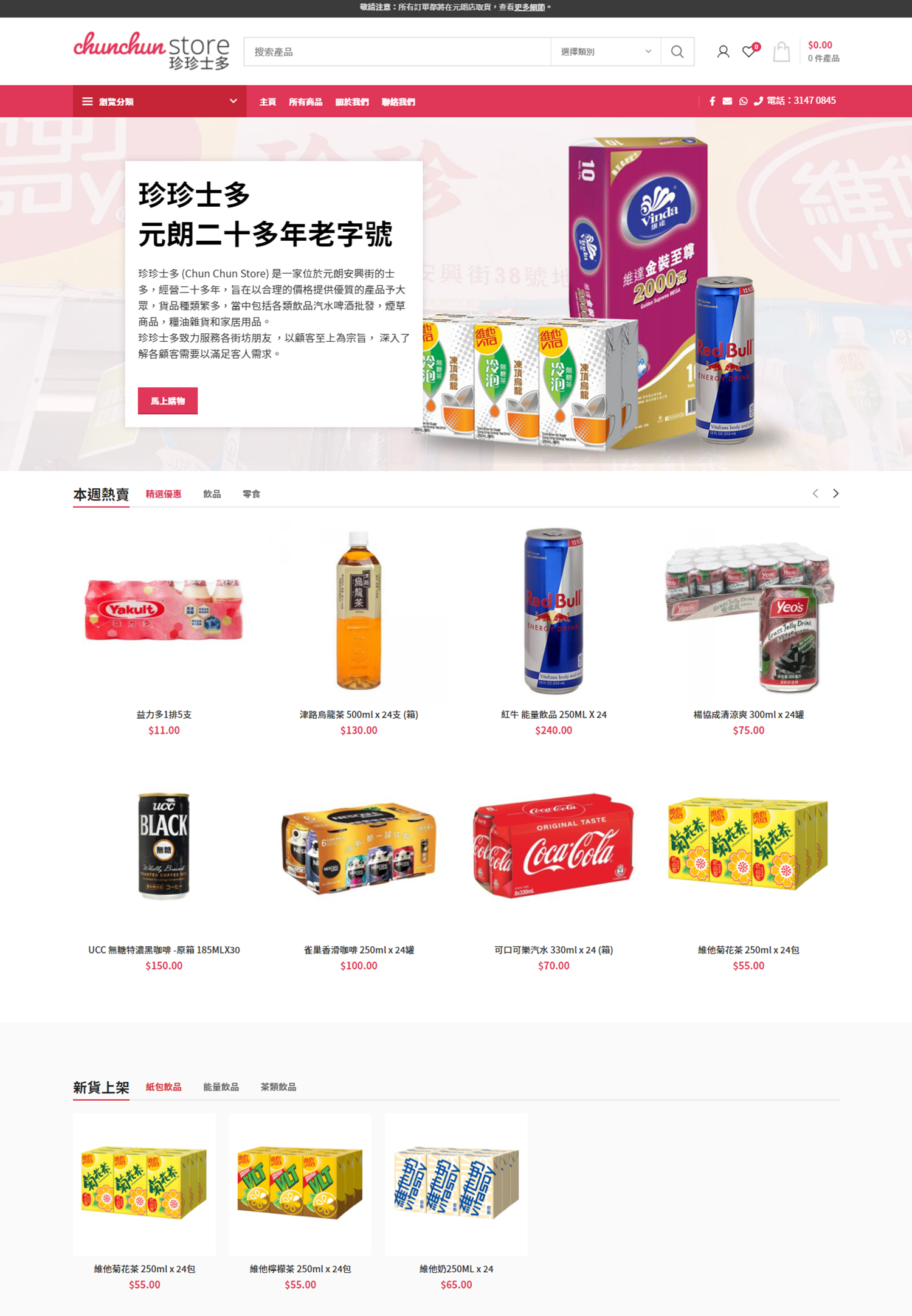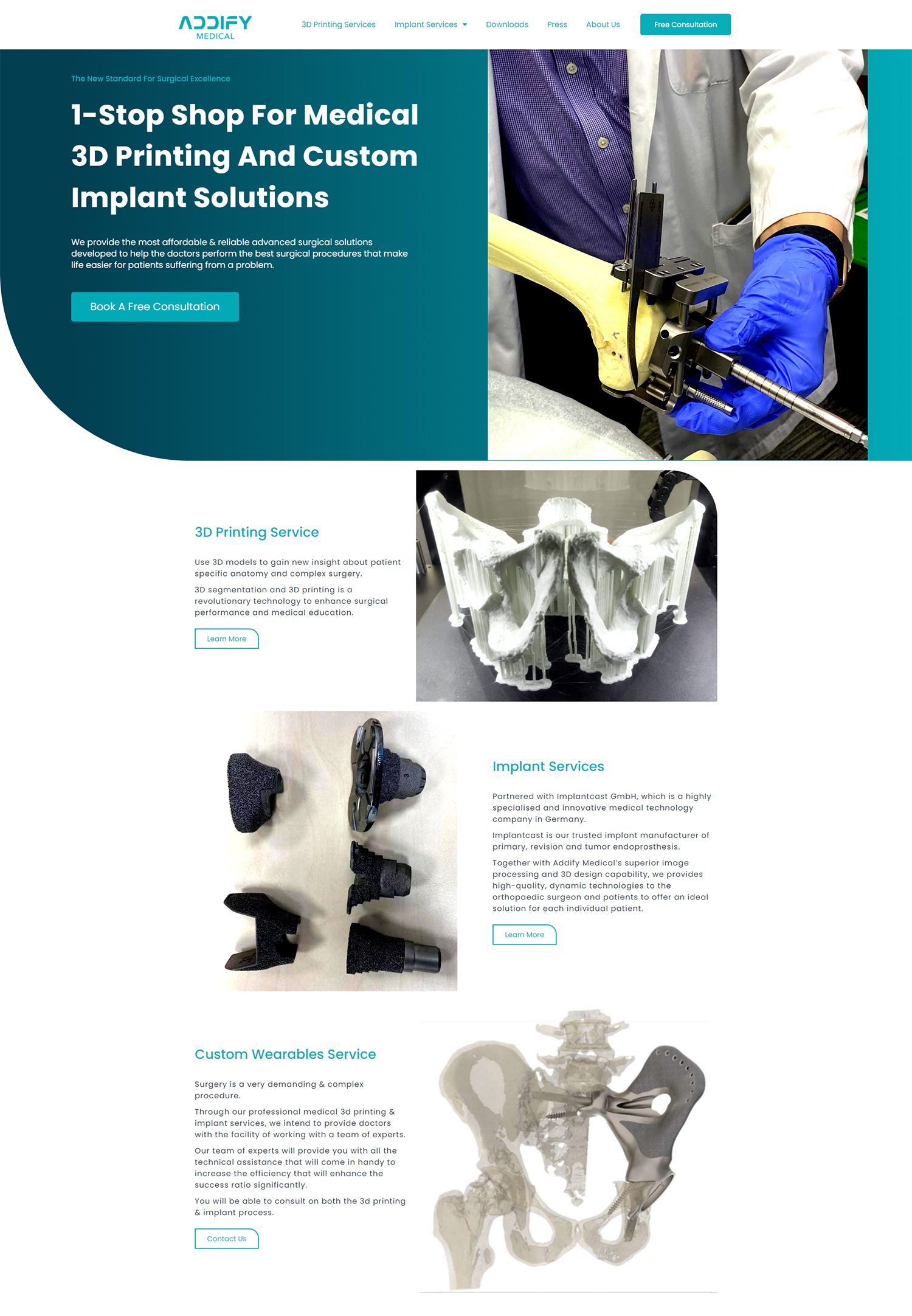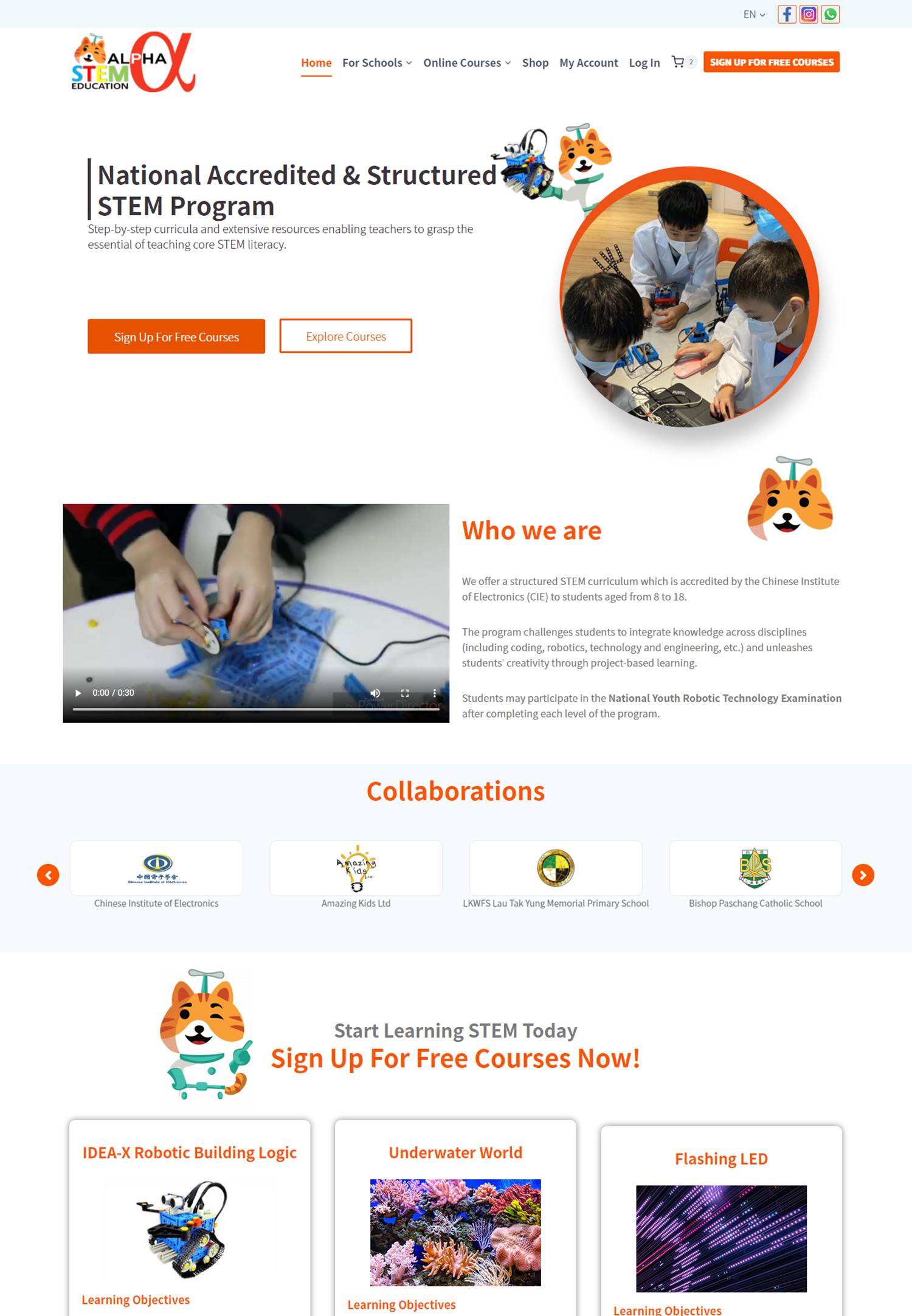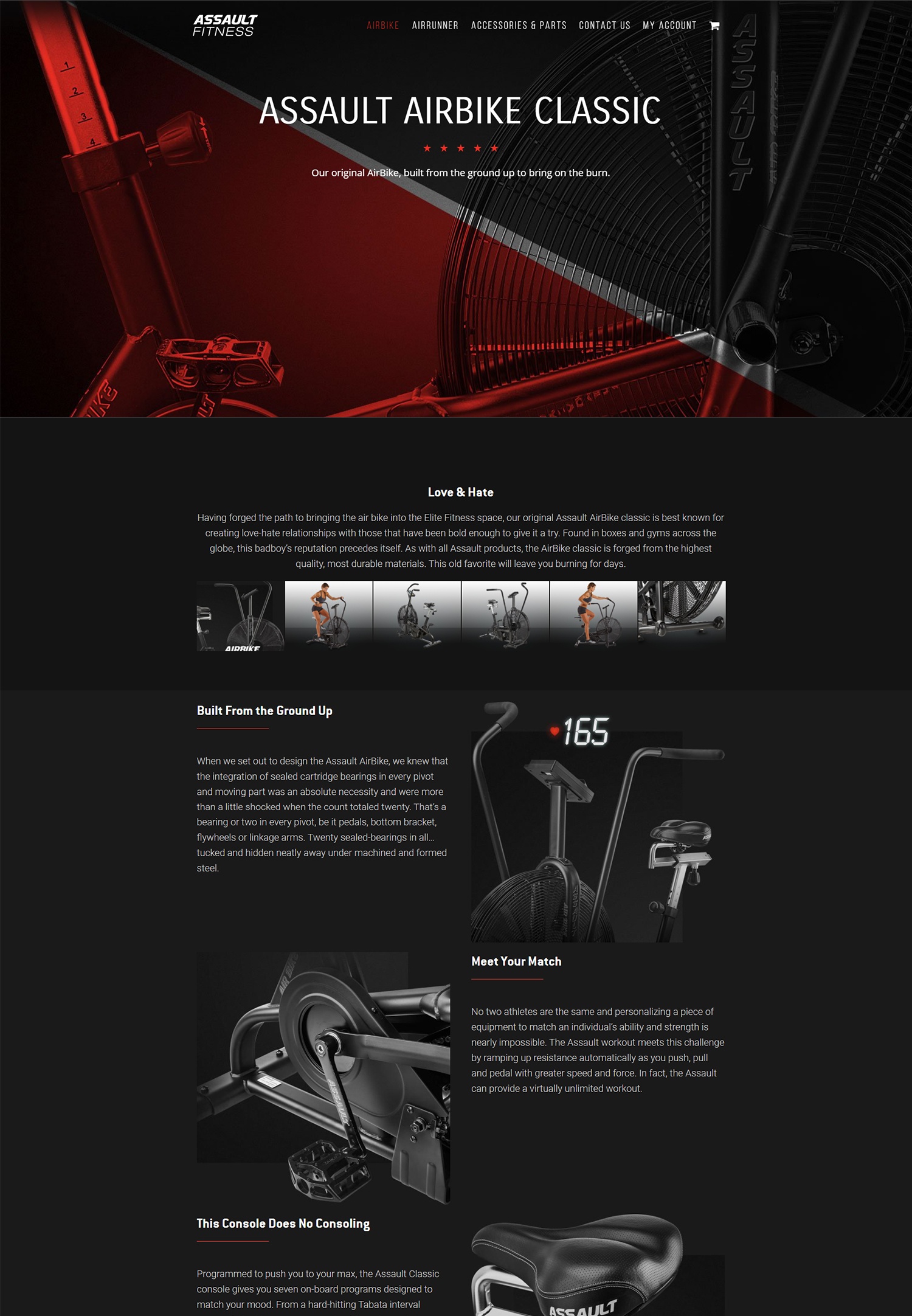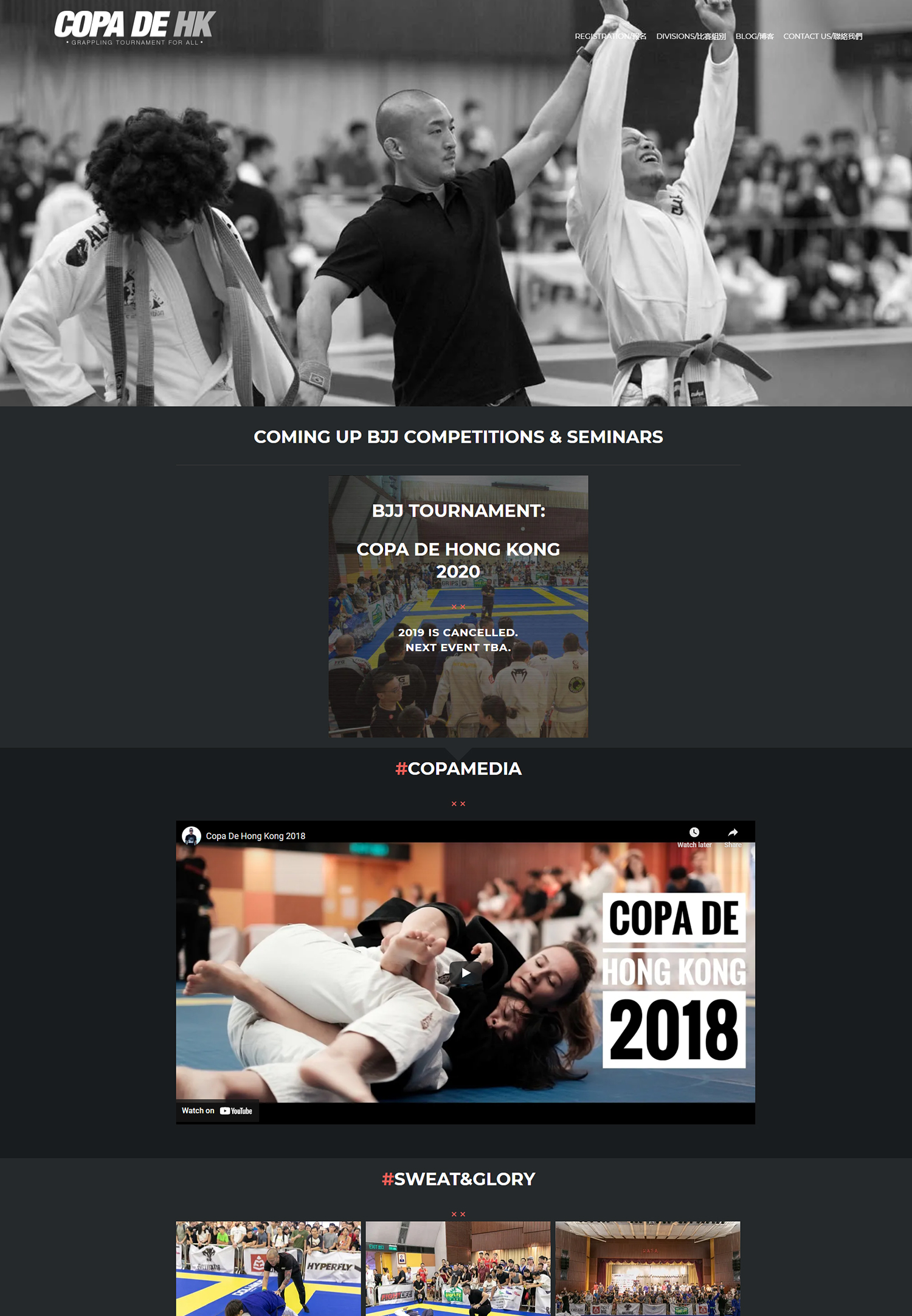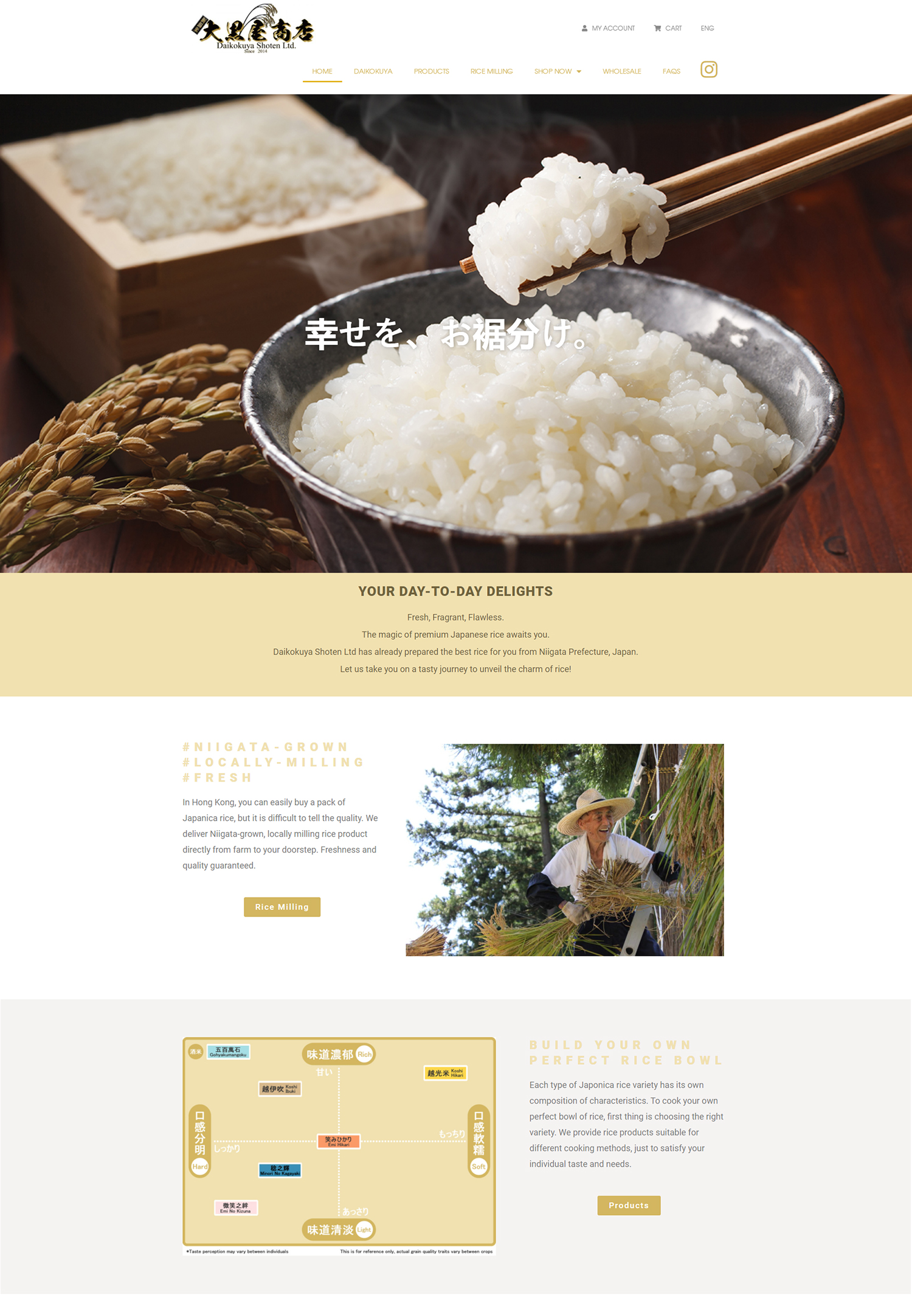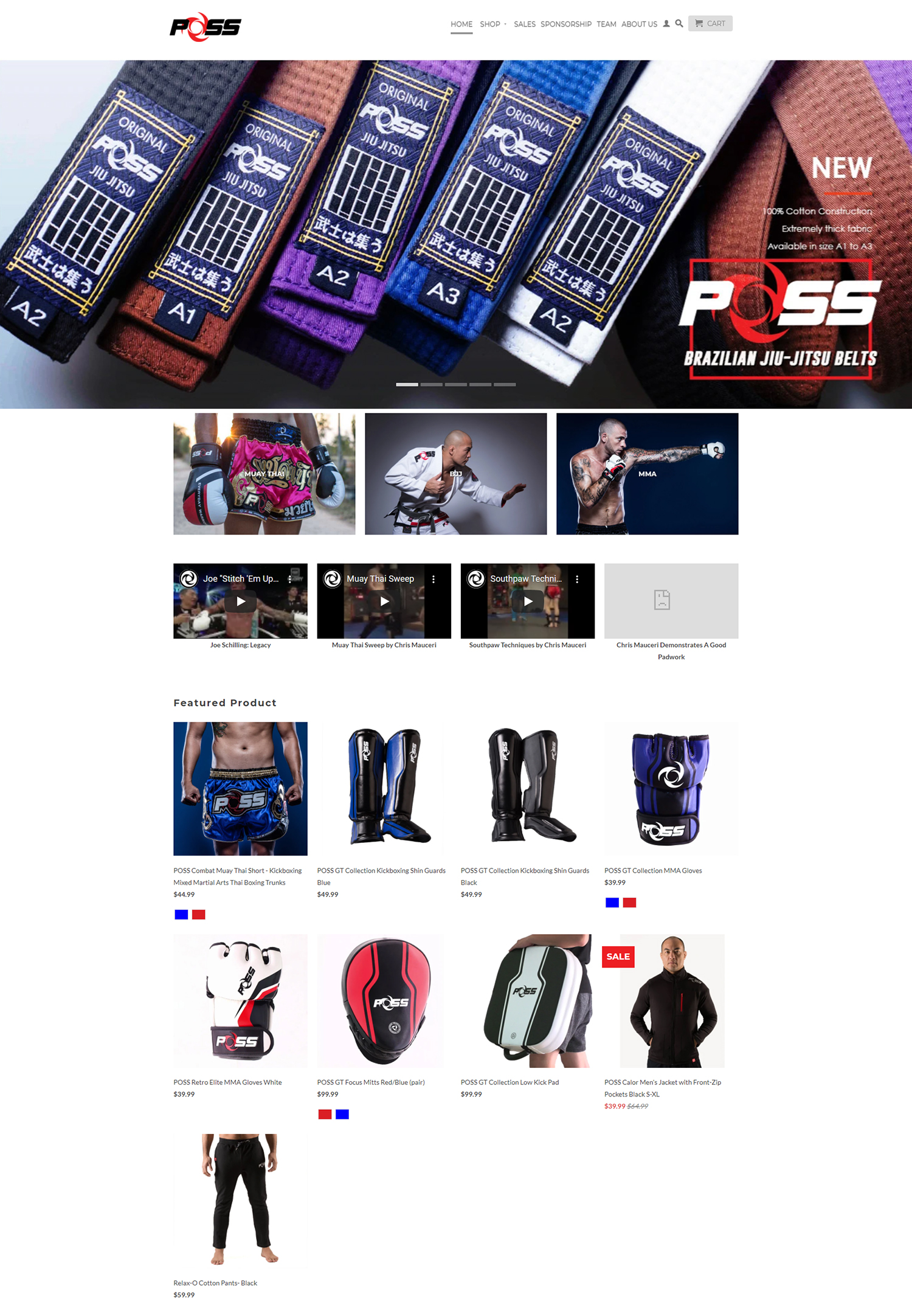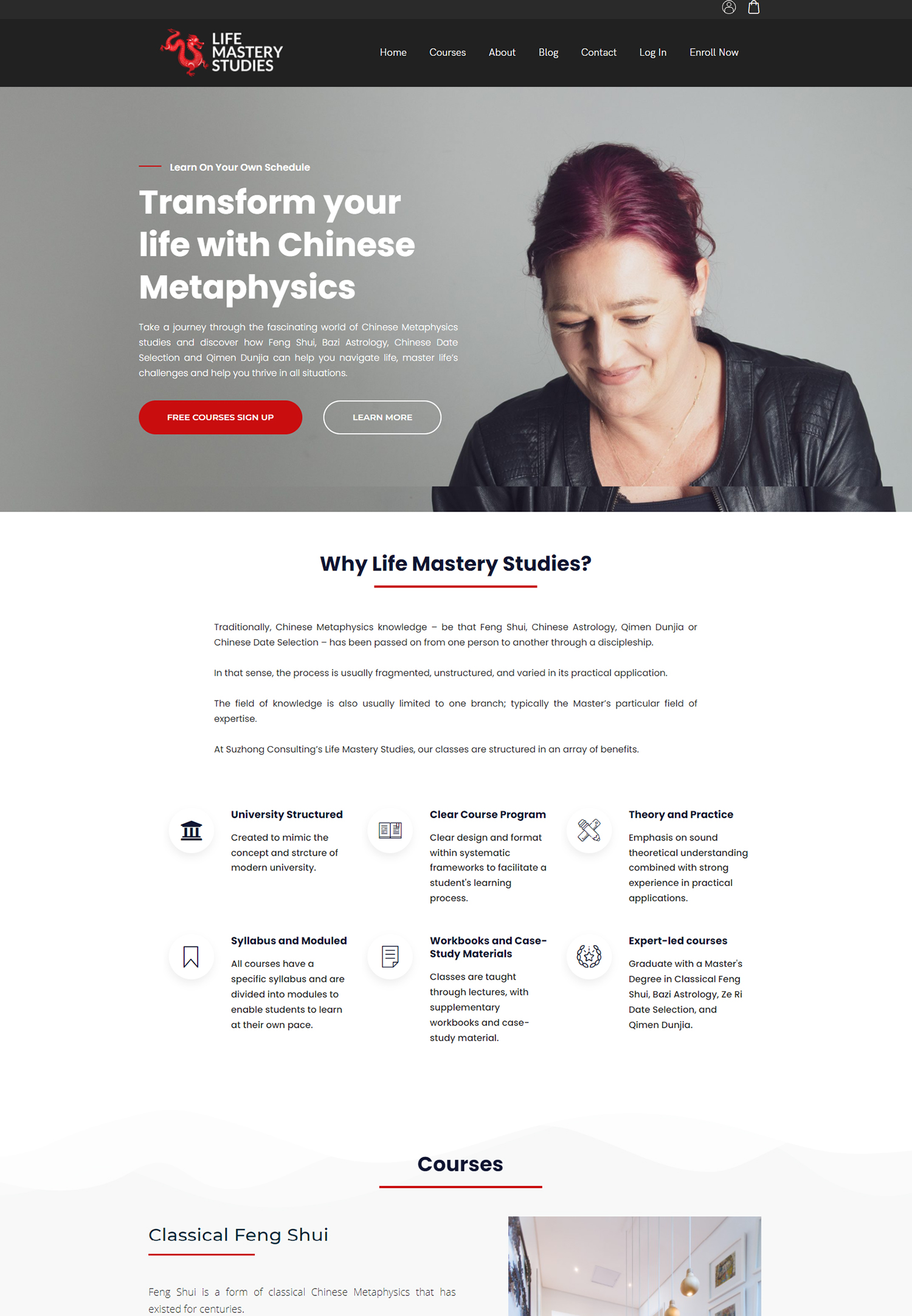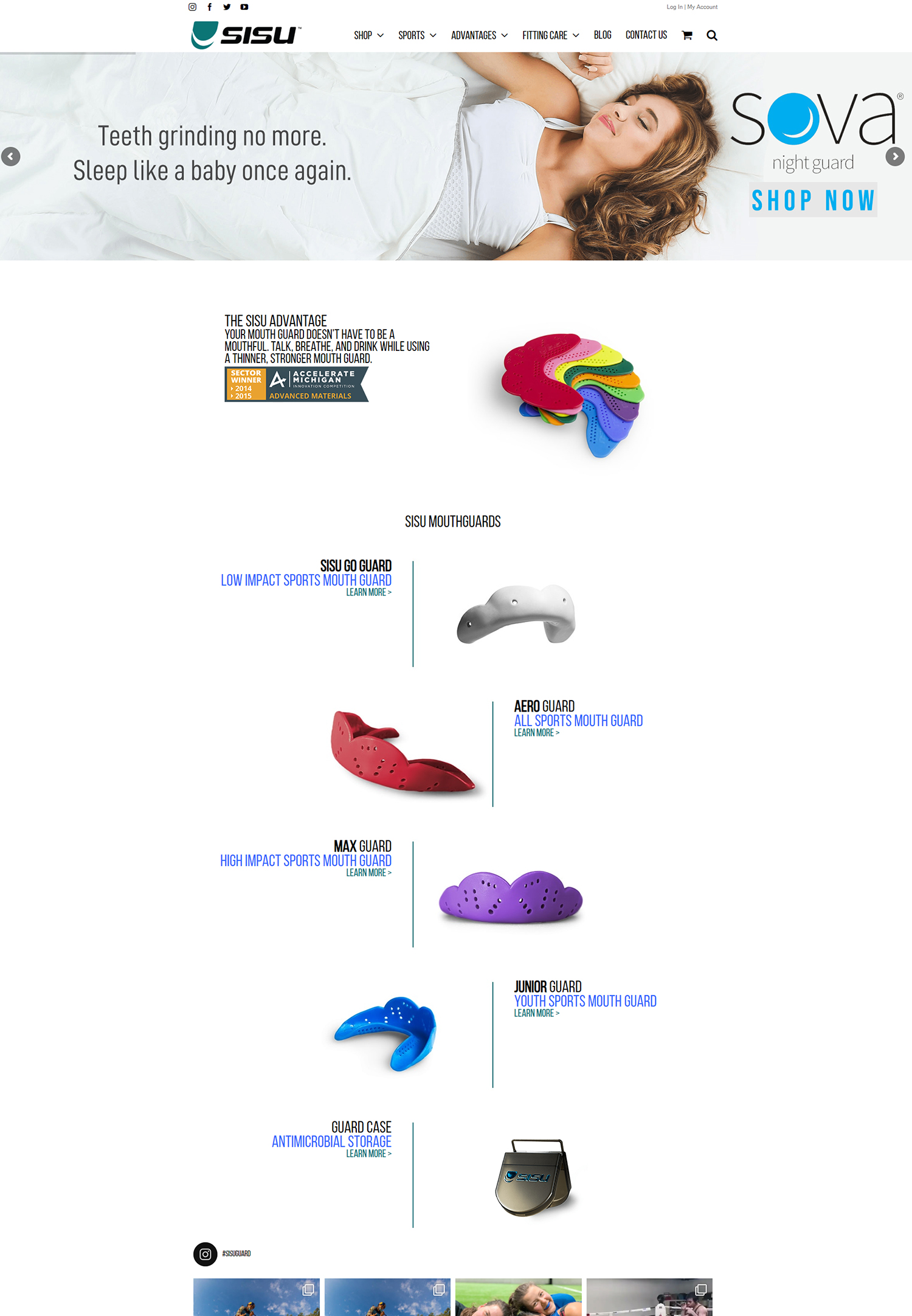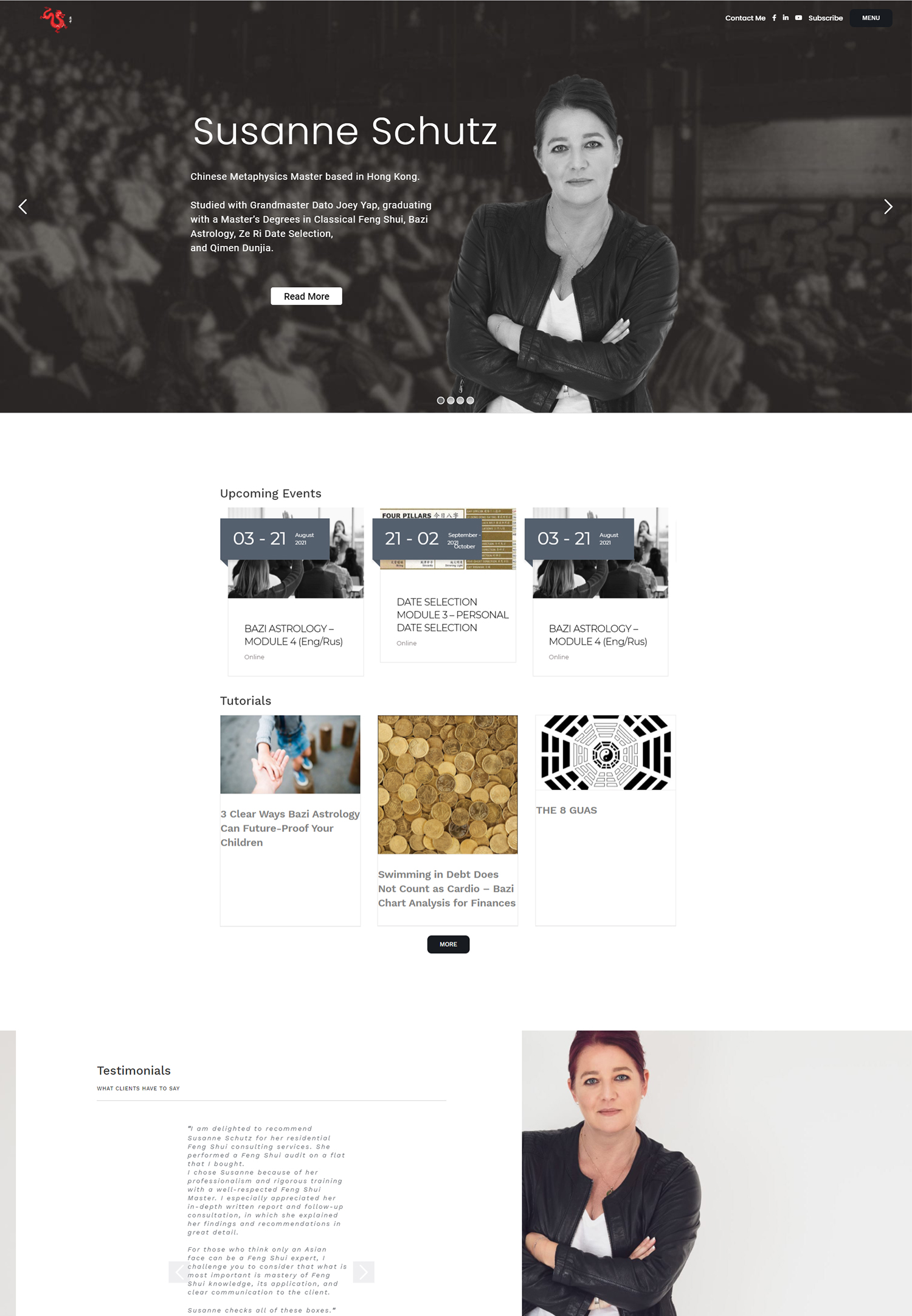Comprehending Meta Tags Meta tags are brief textual excerpts that provide information about the content of a webpage. They are incorporated into the HTML code and are not visible on the page itself, giving search engines and social media platforms vital information. Title tags, meta descriptions, & meta keywords are the three most popular kinds of meta tags. Each contributes in a different way to the indexation and display of a webpage in search results. The title tag, for example, is important because it is the clickable headline in search engine results, and the meta description offers a succinct synopsis that may persuade visitors to visit the website.
Key Takeaways
- Meta tags are snippets of text that describe a page’s content and are placed in the HTML code of a webpage.
- Meta tags play a crucial role in SEO by helping search engines understand the content of a page and rank it accordingly.
- Choosing the right keywords for meta tags involves conducting thorough keyword research and selecting relevant and high-performing keywords.
- Writing compelling meta descriptions involves creating concise and engaging summaries that entice users to click through to the webpage.
- Optimizing meta titles for click-through rates involves crafting clear, descriptive, and attention-grabbing titles that encourage users to click on the search result.
Beyond just indexing, meta tags are important because they affect user experience. People frequently look through the titles and descriptions that appear in search results when they are looking for information. When a user decides to click on a link, a well-written title and description can have a big impact. Anybody who wants to increase their online visibility and online presence must thus know how to use meta tags effectively. Meta tags are essential components of search engine optimization (SEO).
They aid search engines in comprehending a webpage’s content, which is essential for precise indexing. Meta tags are used by search engines to assess a page’s relevancy to particular search queries when they crawl a website. A website is more likely to rank higher for relevant keywords in search results, for instance, if its title tag is clear and contains those terms.
Because visibility has a big influence on traffic & conversions, this is especially crucial in competitive niches. Also, meta tags can affect click-through rates (CTR), another important SEO metric. Search engines are alerted by a higher CTR that a webpage is valuable & relevant to users, which could eventually result in higher rankings.
For example, a page with a more captivating title and description is likely to receive more clicks than one with an equal ranking in SEO metrics. The way that meta tags and user engagement interact highlights how crucial they are to a successful SEO campaign. Selecting the Correct Keywords for Meta Tags One of the most important steps in search engine optimization for a webpage is choosing the appropriate keywords for meta tags. In addition to reflecting what users are likely to search for, keywords should be pertinent to the page’s content. Thorough keyword research is crucial; resources such as Ahrefs, SEMrush, and Google Keyword Planner can offer information on competitiveness & popular search terms. After you’ve found some possible keywords, think about what users are looking for: are they looking for products, services, or information?
Knowing this will help you choose keywords that match user expectations. You need to be strategic about how you include these keywords in your meta tags. Title tags can be made more visible & relevant by starting with the main keyword. A title like “Artisan Bread – Freshly Baked Daily at [Your Bakery Name]” not only contains the keyword but also offers more context, for instance, if your bakery’s main keyword is “artisan bread.”.
In a similar vein, employing different keyword variations in meta descriptions can aid in capturing various user queries while preserving readability. Maximizing the efficacy of your meta tags requires striking a balance between user-friendly language and keyword optimization. Writing Attractive Meta Descriptions Creating captivating meta descriptions is a skill that blends strategic thinking with creativity. A strong meta description should entice readers to click through while providing a concise synopsis of the page’s content. It usually contains 150–160 characters, so it is crucial to communicate your point succinctly.
Words like “Discover,” “Learn,” or “Get Started” can engender a sense of urgency and engagement, which in turn can motivate users to take action. Meta descriptions should not only be interesting, but also educational. They ought to give users enough background information about what to anticipate when they click on the link. A meta description such as “Explore 10 easy and delicious healthy eating tips that will transform your diet” for example, if your blog post is about healthy eating advice, not only tells readers about the content but also emphasizes its importance.
The efficacy of the description can be further increased without sacrificing readability by organically incorporating pertinent keywords. Optimizing Meta Titles to Increase Click-Through Rates One of the most important factors in increasing website traffic is meta titles. In addition to aiding SEO, an optimized title has a major impact on click-through rates (CTR). A successful title must be succinct and appropriately convey the page’s content.
In order to prevent being truncated in search results, titles should ideally be between 50 and 60 characters long. You can effectively communicate your point at this length while still adhering to the majority of search engines’ display restrictions. You can make your meta titles more appealing by adding emotional triggers or power words. Such terms as “ultimate,” “essential,” or “exclusive” can pique interest and motivate clicks.
An intriguing title might be “10 Essential Baking Tips for Perfect Pastries Every Time,” for instance, rather than just “Baking Tips.”. This title promises the reader value in addition to having pertinent keywords. Also, putting your main keywords near the start of the title can increase their visibility in search results, increasing the likelihood that people will see & click on your link. Best Practices for Meta Tag Length In order to make sure that meta tags appear correctly in search engine results pages (SERPs), their length is very important. According to best practices, title tags should have no more than 50 or 60 characters.
This range helps guarantee that your title is visible throughout without being truncated, which can occur if it contains more than 60 characters. When titles are longer than this, search engines like Google usually truncate them, possibly leaving out crucial information that might persuade a user to click. Meta descriptions should ideally be between 150 and 160 characters, which is a slightly different character limit. Although longer descriptions may be permitted by certain search engines, staying within this range guarantees that your message is fully expressed without being truncated.
It’s also critical to remember that, even though character count is crucial, concentrating only on length can result in poorly written tags. To increase effectiveness, instead, give priority to relevance and clarity while following these length guidelines. Using Meta Tags for Local SEO Meta tags must be optimized for local SEO for companies searching for local clients. Enhancing visibility in local search results—which frequently contain location-based queries—is the main goal of local SEO.
Your chances of showing up in local searches can be greatly increased by including location-specific keywords in your meta tags. For example, if you run a coffee shop in Seattle, using keywords like “Best Coffee in Seattle” or “Seattle Coffee Shop” in your title and description can draw in local clients looking for coffee shops in the area. Local SEO efforts can also be strengthened by incorporating your company’s name, address, and phone number (NAP) into your meta descriptions. This technique gives prospective clients quick access to crucial information in addition to aiding with indexing.
A meta description such as “Visit [Your Coffee Shop Name] at 123 Main St. “The best coffee and pastries in Seattle!” skillfully blends local keywords with useful information to promote visits. Keeping an eye on and updating your meta tags on a regular basis is crucial for ongoing optimization because the digital landscape is always changing. The way your pages rank over time may be affected by the frequent changes to search engine algorithms. You can determine which meta tags are effective and which might require modification by examining performance metrics like CTR & bounce rates using programs like Google Analytics or Search Console.
Examining their meta tags again may show areas for improvement if some pages are performing poorly even though their content is of excellent quality. Meta tag updates ought to be a continuous optimization strategy rather than a one-time event. Updating your meta titles and descriptions can help you stay relevant and increase visibility as trends change and new keywords appear. Also, to make sure that your tags appropriately reflect your current offerings, seasonal changes or the introduction of new products may call for updates. You may improve your website’s functionality and keep your competitive edge in search engine rankings by continuing to actively monitor & optimize your meta tags.
If you’re interested in learning more about optimizing meta tags for search engine ranking, you may also want to check out this article on web design. This article discusses the importance of creating a visually appealing and user-friendly website to attract and retain visitors. By incorporating effective meta tags along with a well-designed website, you can improve your search engine ranking and drive more traffic to your site.




